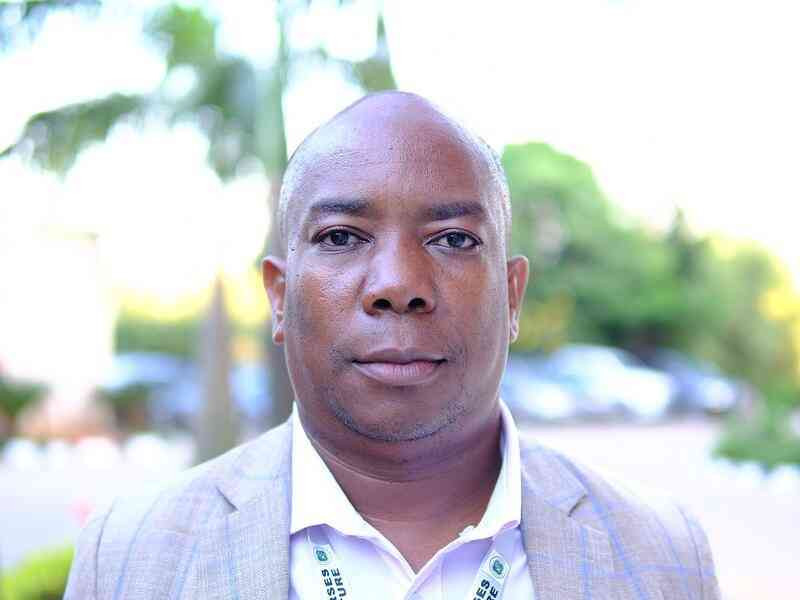By Tim Middleton
Beauty — that is all that people want on earth and all that people need to have (or so the beauty industry would tell us). Beauty sells and we sell beauty. The beauty industry is a massive industry, even in a world full of different cultures with different concepts of beauty. At the heart of it all, however, is the belief that becoming more beautiful will enable us to feel better about ourselves, will give us more confidence in ourselves (or maybe just in the product). It helps us in our bid to keep our looks, even better, our youthfulness forever.
That is not a new idea, though, by any stretch of the imagination. John Keats was a superstar poet at a young age, notching up numerous legendary poems, often considering the subject of beauty, before he died at the age of 25 in 1821. The opening lines of one of his poems, Endymion, were: “A thing of beauty is a joy for ever: Its loveliness increases; it will never Pass into nothingness”. Ironically, that very poem may not be seen as a thing of beauty as it was trashed by critics, though he learnt from it, declaring later that, “I was never afraid of failure; for I would sooner fail than not be among the greatest.” We do well to note, however, that he was not saying everything was a thing of beauty; rather he was more likely arguing that the test of beauty is whether it lasts forever and if it brings joy. Real beauty does not just last but it improves with age.
In another poem, Ode to a Grecian Urn, Keats further discusses beauty and concludes with the lines that have had scholars debating ever since: “Beauty is truth, truth beauty: that is all ye know on earth and all ye need to know.” Most would say he is declaring that the way we discover truth is through looking at beauty; everything that is beautiful is true and everything that is true is beautiful. But is that all we need to know?
In the Disney film, Beauty and the Beast, the beautiful girl sings of a “Tale as old as time; True as it can be; Barely even friends, Then somebody bends, Unexpectedly.” Truth lasting forever: “Ever just the same; Ever a surprise; Ever as before and ever just as sure as the sun will rise”. The song goes on to say, “Tale as old as time; Tune as old as song; Bittersweet and strange, Finding you can change, Learning you were wrong”. Beauty is truth — and learning; beauty will not pass into nothingness.
There may be hints there of where else we can find beauty. Instead of saying, “Beauty is truth, truth beauty” we may replace the word “beauty” with the word “education”. Education is truth, truth education — or even beauty is education, education is beauty. Margaret Hungerford declared that “Beauty lies in the eye of the beholder” and it would seem that man has twisted that to read also that truth lies in the eye of the beholder — in other words, we can choose what we want to be true. The idea has been extended to success where many people see success as beauty and failure is ugly. Similarly, others have seen that even education lies in the eye of the beholder.
Keep Reading
- Chamisa under fire over US$120K donation
- Mavhunga puts DeMbare into Chibuku quarterfinals
- Pension funds bet on Cabora Bassa oilfields
- Councils defy govt fire tender directive
Some eyes see education as being simply about academics; they do not see the value, importance, significance or beauty of practical subjects, of commercial subjects, of technical subjects, of such subjects as Art and Music and Drama (where the very subject of beauty is most often portrayed and exemplified). They see education as being about qualifications and money. But that is wrong (in these eyes). Education helps children see beauty even in failure. It lasts forever and does indeed bring joy. Education is one way that serves to produce the crucial ingredient in success which is character. Character is more important, more long-lasting than the superficiality of look and results.
Beauty is education and education is beauty —that is the message we need to get across to young people as all they know and all they need to know. Education contributes significantly to inner beauty that lasts when outer beauty or artificial beauty fades. More than that, education is what makes youngsters more beautiful. Education is what helps youngsters see and appreciate beauty, in themselves, in others as well as in nature, in the world around them. As Coco Chanel, one of the leading lights of the beauty industry, once said, “Beauty begins the moment you decide to be yourself” — not what your parents want or decide. Education is what helps them make that decision. In other words: Education —you beauty!
- Tim Middleton is the executive director of the Association of Trust Schools [ATS]. The views expressed in this article, however, are solely those of the author in his private capacity and do not necessarily represent the views of the ATS.
- email: ceo@atschisz.co.zw
- website: www.atschisz





